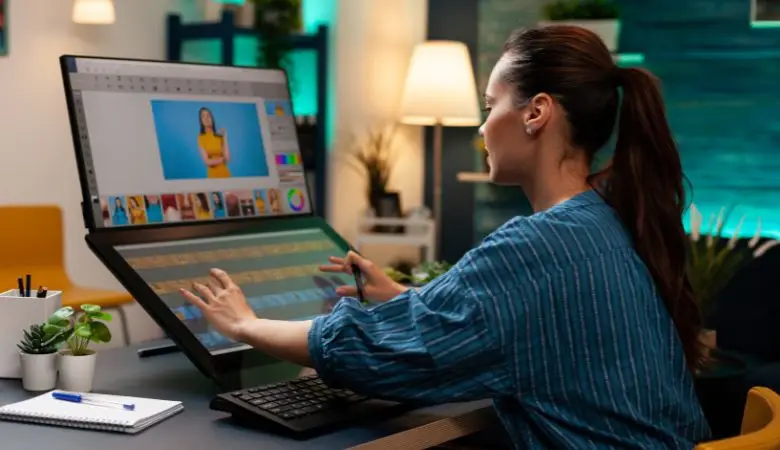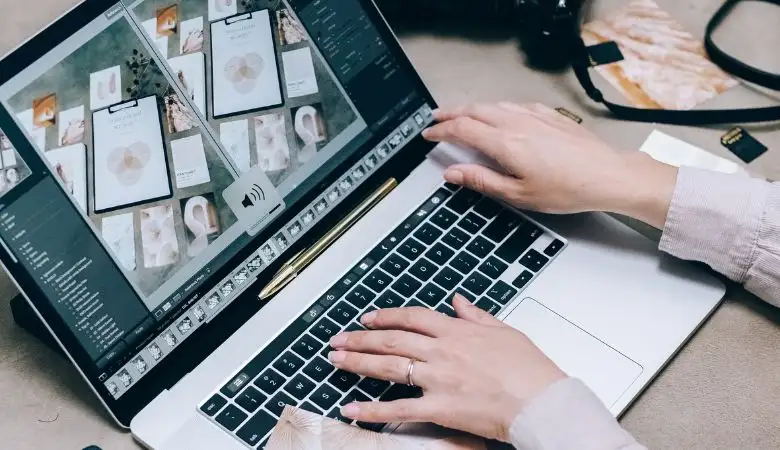The Psychology Behind Magazine Layout Design: Creating Impact with Visuals
The way we process visual information shapes how we connect with magazine pages. Our brains respond to design elements in specific ways – from the placement of images to the spacing of text. Print magazines need smart design choices to grab attention and keep readers interested. You can see this in top magazines where designers blend artistic skill with an understanding of human perception. The best layouts know how to guide your eyes across the page and make you want to keep reading. That’s not random – it’s based on solid research about how our minds process information.
Visual Hierarchy is the Foundation for Reader’s Attention
Magazine Layout Design for Creating Visuals starts with understanding how people scan pages. Your brain naturally looks for order in what you see. Strong visual hierarchy helps readers know where to start and what to read. Big headlines draw attention first, then subheadings guide you down the page. Photos and illustrations create focal points that pull you in. Color and size differences help separate the main content from supporting details. Professional designers use this knowledge to build layouts that feel natural to read.
White Space Ensures Mental Breathing Room for Readers
Space does more than make pages look clean. Studies show that white space helps your brain process information better. The right amount of spacing between elements reduces mental strain. Too many design elements packed together can overwhelm readers. White space around text blocks and images lets each piece of content stand out. This makes the reading experience more enjoyable and helps you remember what you read. Smart use of white space shows respect for how human minds need time to take in information.
Color Psychology to Understand the Mood
Colors affect our emotions and behavior in powerful ways. Red can make your heart beat faster while blue has a calming effect. Magazine designers pick color schemes that match the content’s emotional tone. Business magazines often use blues and greys for trust and professionalism. Fashion magazines mix bright colors to create excitement. The right colors can make readers feel certain emotions without realizing why. This emotional connection makes the content more memorable and engaging.

Balance & Symmetry to Ensure Customer Trust
Our brains love balance. Pages with good visual weight distribution feel stable and professional. This builds trust with readers right away. Designers create this through careful placement of text and images. Both sides of a spread should feel equally weighted even if they’re not identical. The layout needs to look intentional but not rigid. This natural balance keeps readers comfortable as they explore the content.
Grid Systems Take a Priority
People expect information to follow patterns they know. Grid systems in magazines match how we naturally organize information. Text columns, consistent margins, and aligned elements create structure. This familiar organization helps readers predict where to find things. Grids make complex information easier to understand. They work because they match patterns our brains already recognize from years of reading.
Type Psychology that Ensures Excellent Readability
The fonts you pick change how people process your words. Serif fonts in body text help guide eyes along lines of text. Sans-serif headlines stand out and grab attention. Font size and spacing affect reading speed and comprehension. Even small changes in letter spacing can make the text feel open or crowded. Good typography choices reduce mental effort so readers can focus on content.
Visual design in magazines does more than make pages look good. It taps into how our brains work to make content clear and engaging. Good layout design guides readers naturally through information. This makes magazines both appealing and easy to understand. The best designs feel effortless because they work with our natural mental processes.

